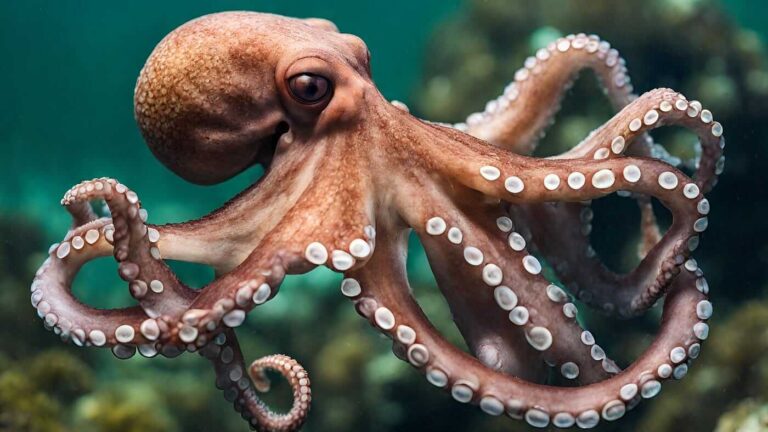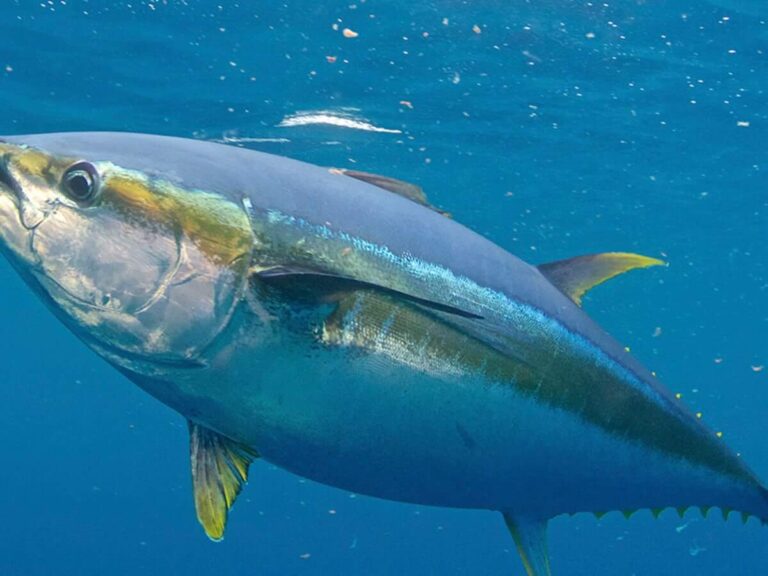Discover the Fascinating World of Orcas (Killer Whales)
The Orca, known as the Killer Whale, is one of the ocean’s most recognizable and intelligent predators. This apex predator has fascinated humans for centuries, thanks to its striking black-and-white appearance, sophisticated social structures, and remarkable hunting techniques.
This guide deeply explores the Orca’s world, covering its scientific classification, physical characteristics, habitat, behavior, diet, reproduction, predators, conservation status, evolutionary history, interesting facts, and relationship with humans.
Contents
Scientific Classification
- Kingdom: Animalia
- Phylum: Chordata
- Class: Mammalia
- Order: Cetacea
- Family: Delphinidae
- Genus: Orcinus
- Species: Orcinus orca
Orcas are the largest members of the dolphin family (Delphinidae), and their scientific name, Orcinus orca, reflects their widespread distribution and powerful predatory nature.
Physical Characteristics

Orcas are renowned for their distinctive black-and-white coloration. Their bodies are predominantly black with white patches above and behind the eye, on the belly, and along the sides.
- Size: Males are larger, reaching up to 20-26 feet long and weighing 8,000 to 12,000 pounds. Females are slightly smaller, averaging 16-23 feet and weighing up to 8,000 pounds.
- Dorsal Fin: Males have tall, triangular dorsal fins up to 6 feet high, while females have smaller, curved fins.
- Teeth: Orcas have 40-56 interlocking teeth for gripping and tearing prey.
- Lifespan: Females can live up to 90 years, whereas males typically live around 50-60.
Habitat
Orcas are highly adaptable and are found in the world’s oceans, from the frigid Arctic and Antarctic regions to tropical seas. They are most commonly seen in coastal areas but can also inhabit deep oceanic waters.
- Preferred Habitat: They prefer cooler waters and are frequently found near shorelines and continental shelves, where prey is abundant.
- Migration: Some populations migrate vast distances for food, while others remain in the same area year-round.
Behavior

Orcas are highly social animals living in complex social structures known as pods. These pods are often matriarchal, led by the oldest female.
- Communication: They communicate using a variety of vocalizations, including clicks, whistles, and pulsed calls, which are unique to each pod.
- Hunting Techniques: Orcas are apex predators with varied diets, hunting cooperatively in pods using sophisticated techniques. They can even beach themselves temporarily to catch seals on land.
- Playfulness: Orcas are known for their playful behavior, which includes breaching, spy-hopping, and tail-slapping.
Diet
Orcas have a diverse diet that varies by region and pod, demonstrating dietary specialization.
- Fish-Eating Orcas: Commonly consume salmon, herring, and other fish species.
- Mammal-Eating Orcas: Prey on seals, sea lions, dolphins, and other whales. Some pods specialize in hunting large prey, such as gray or blue whale calves.
- Unique Hunting Strategies: They use echolocation to find prey, coordinate group attacks, and employ stunning techniques like tail slaps to immobilize prey.
Reproduction
Orca reproduction is slow, with long gestation periods and extended care for offspring.
- Mating: Mating occurs year-round, with males and females coming together from different pods.
- Gestation: The gestation period is about 17 months, resulting in the birth of a single calf.
- Parental Care: Calves are nursed for up to two years, and they remain with their mothers for life, learning essential survival skills.
Predators
As apex predators, Orcas have no natural enemies. However, young or sick Orcas can occasionally fall victim to large sharks or other Orcas. The biggest threat to Orcas comes from human activities, such as pollution, ship strikes, and entanglement in fishing gear.
Conservation Status
- IUCN Status: Data is deficient, though some populations, such as the Southern Resident Orcas, are considered endangered.
- Threats: Pollution, loss of prey, noise disturbance, and climate change significantly impact Orca populations.
- Conservation Efforts: Protected areas, regulations on marine traffic, and international agreements aim to mitigate these threats.
Evolutionary History
Orcas evolved approximately 11 million years ago from a common ancestor with dolphins. Their evolutionary path has been shaped by the development of their sophisticated hunting techniques and social structures, enabling them to become top predators in diverse marine environments.
Interesting Facts
- Cultural Differences: Different pods have unique cultures, including hunting methods and vocalizations, passed down through generations.
- Intelligence: Orcas are highly intelligent, with complex problem-solving abilities and the capacity to learn new behaviors.
- Role in Ecosystem: As apex predators, Orcas play a crucial role in maintaining the balance of marine ecosystems.
Relationship with Humans
Orcas have a long-standing relationship with humans in the wild and in captivity. They are popular in wildlife tourism, particularly in places like Norway and British Columbia, where they are observed in their natural habitats.
- In Captivity: Historically, Orcas have been kept in marine parks, which has sparked significant controversy due to concerns about their well-being.
- Cultural Significance: Many Indigenous cultures hold Orcas in high regard, seeing them as symbols of strength, power, and family.
Conclusion
Orcas, or Killer Whales, are fascinating creatures with a complex social structure, diverse diets, and an impressive range of habitats. Despite their fearsome reputation, they are intelligent, social animals that play a vital role in the marine ecosystem. Understanding and protecting these incredible animals is crucial, as they face numerous threats from human activities. Their resilience and adaptability are a testament to their evolutionary success, and continued conservation efforts are essential to ensure that future generations can marvel at these ocean giants.
- Golden Retriever Pros and Cons: What Every Pet Parent Should Know - 15 September 2025
- Cane Corso Dog Breed: Health, Care, and Lifespan - 14 September 2025
- Catahoula Leopard Dogs: Description, Temperament, Lifespan, & Facts - 21 July 2025







